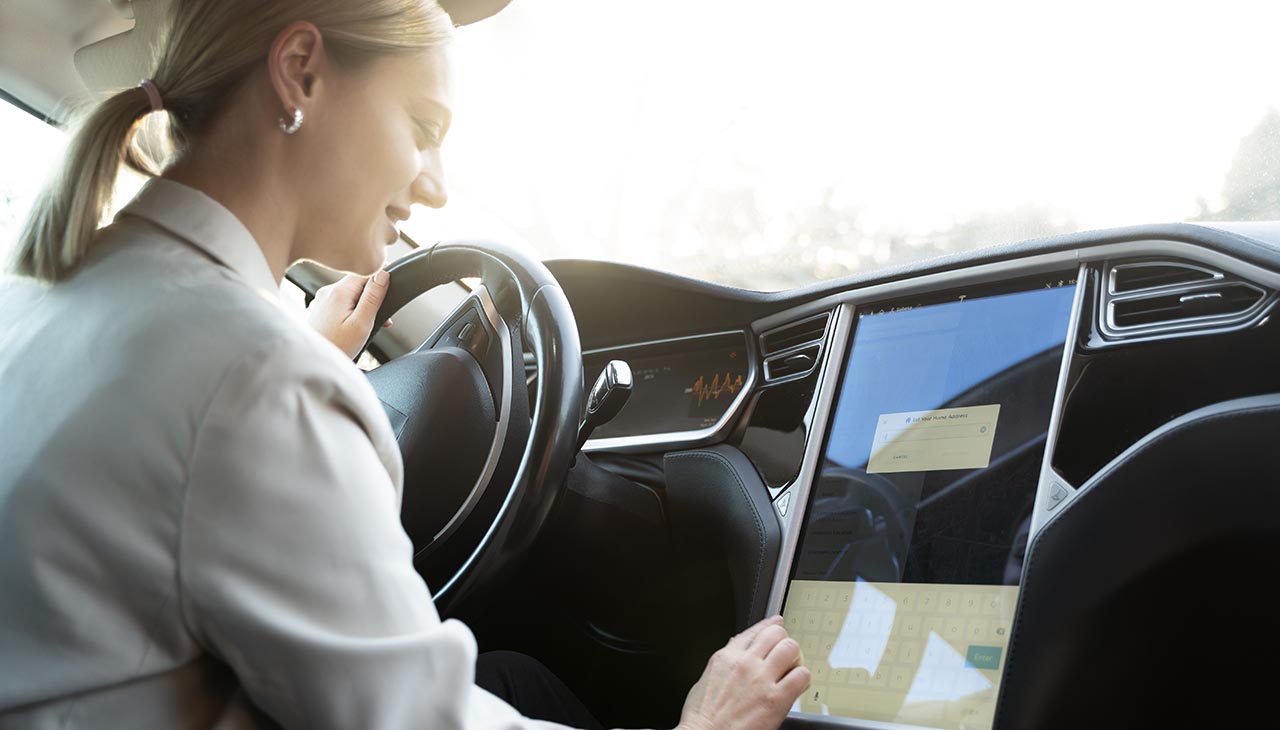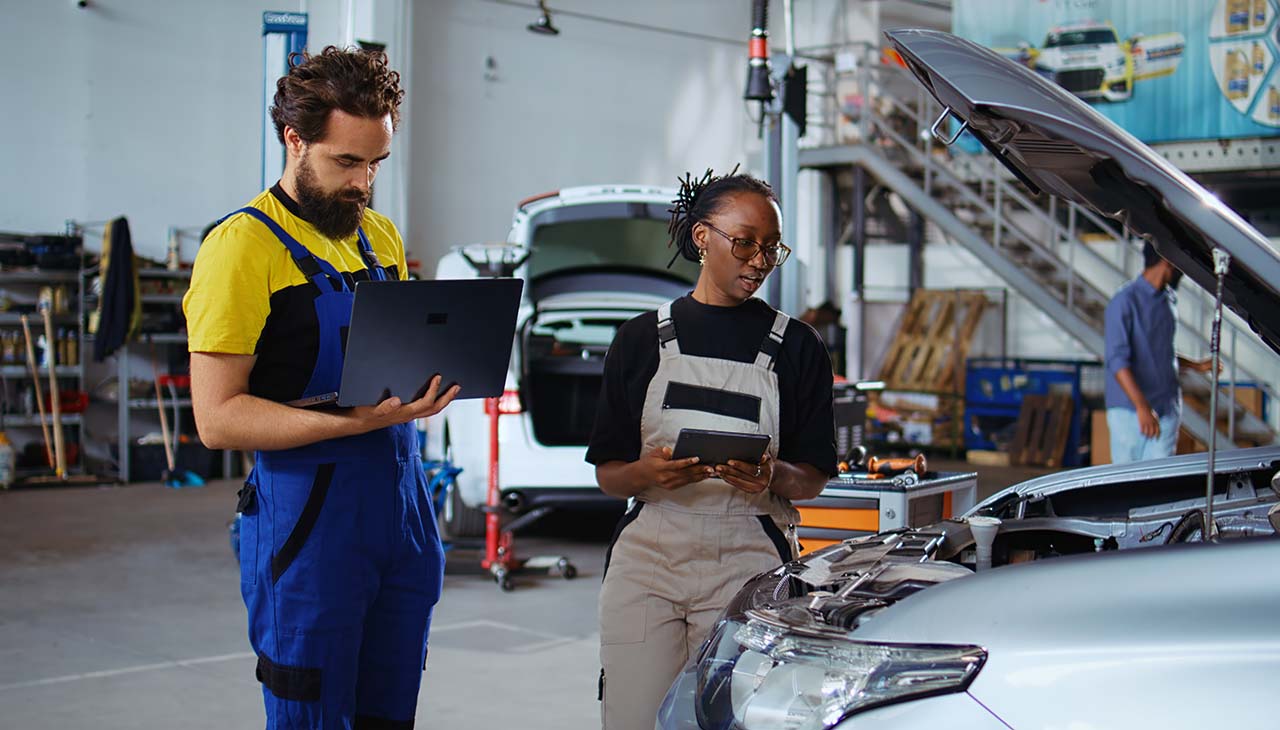The automotive industry stands on the brink of a technological revolution that promises to redefine the very essence of driving. Innovations in electric vehicles (EVs), autonomous driving systems, and connectivity are not just enhancing vehicle efficiency and safety but are also providing a seamless and personalized user experience. This chapter will explore the cutting-edge developments that are set to transform our roads, cities, and daily lives, painting a picture of a future where technology and mobility converge in unprecedented ways.
Autonomous Driving
The continued development and widespread adoption of autonomous vehicles signify a monumental shift in the way we think about transportation. By integrating artificial intelligence (AI) and machine learning algorithms, these vehicles are not only able to make real-time decisions but also learn and adapt to new driving conditions over time. This evolution towards fully autonomous systems holds the potential to dramatically reduce traffic accidents, lower emissions, and free up valuable time for individuals, allowing passengers to focus on work, relaxation, or socializing while on the move. As we move forward, the integration of AI and machine learning will not only enhance the autonomous capabilities of these vehicles but also ensure that the safety and efficiency of our transportation systems are significantly improved.
Electric Vehicles (EVs)
Electric Vehicles (EVs) are at the core of the automotive industry’s shift towards sustainability and environmental responsibility. In recent years, we’ve witnessed a substantial expansion in the offerings of EVs from a wide range of manufacturers. This diversification in the market means consumers can now choose from an array of models, from economy to luxury, each promising zero emissions and a smaller carbon footprint. Furthermore, advancements in battery technology are pivotal to this transformation. Modern EVs are being equipped with more efficient batteries, offering longer ranges and shorter charging times, addressing two of the most significant concerns among potential buyers.
In parallel, the development of charging infrastructure is accelerating globally, with an increasing number of public charging stations being installed in urban and rural areas alike. This expansion not only makes EVs more practical for daily use but also supports longer trips, effectively beginning to rival the convenience of traditional gas stations. Additionally, innovations such as wireless charging pads and ultra-fast charging technology are on the horizon, promising to make recharging as straightforward as refueling a conventional car, if not easier. This concerted effort from automobile manufacturers and infrastructure developers signifies a significant step towards a future dominated by clean, efficient, and sustainable transportation options.
Connected Cars
The rise of connected cars represents a pivotal advancement in making our vehicles not only smarter but also significantly safer and more convenient. By harnessing the power of the internet, these cars can receive real-time traffic updates, weather forecasts, and road condition alerts, enhancing the driving experience by leaps and bounds. Beyond individual benefits, the growth of Vehicle-to-Everything (V2X) communication is set to revolutionize traffic management and road safety. V2X enables vehicles to communicate with each other, with infrastructure (like traffic lights and road signs), and even with pedestrians’ devices. This interconnectedness allows for a more synchronized flow of traffic, reducing congestion and minimizing the likelihood of accidents. By integrating advanced sensors and telematics, connected cars can anticipate potential hazards and adjust their course accordingly, paving the way for a future where traffic flows are optimized, and road safety is significantly improved.
Software Defined Vehicles
The paradigm shift towards software-defined vehicles (SDVs) marks a significant evolution in automotive technology, changing how we perceive and interact with our cars. In this new era, vehicles are no longer seen as mere means of transportation but as platforms for continuous improvement and customization through software updates. Just like updating the operating system on a smartphone, SDVs receive regular updates that can enhance performance, introduce new features, or improve user interfaces. This dynamic approach ensures that a vehicle remains at the cutting edge of technology throughout its lifespan, potentially extending its usability and enhancing its value.
Alongside the myriad benefits that SDVs offer, the increased reliance on software and connectivity raises valid concerns about cybersecurity. The potential for hacking poses risks not just to personal data but also to vehicle safety and operation. In response, the automotive industry is prioritizing robust cybersecurity measures to protect these connected vehicles from potential threats. From employing encryption and secure boot mechanisms to developing advanced intrusion detection systems, automakers and tech companies are collaborating closely to establish standards and practices that ensure the security and integrity of vehicle systems. This focus on cybersecurity is crucial for maintaining consumer trust and ensuring the safe adoption of these advanced automotive technologies, paving the way for a future where vehicles are not only smart and autonomous but also secure and resilient against cyber threats.
Mobility as a Service (MaaS)
Mobility as a Service (MaaS) is transforming urban transportation, encapsulating the transition from personal vehicle ownership to accessing a diversified fleet of vehicles on demand. This innovative model leverages technology to aggregate multiple forms of transportation services – from ride-hailing and bike-sharing to public transit and car rentals – into a single, accessible platform. Users can plan, book, and pay for various transportation options with ease, fostering a more integrated, efficient, and sustainable urban mobility landscape. The integration of MaaS platforms with existing public transportation systems is a leap towards seamless travel experiences, enabling users to effortlessly combine different modes of transport in one trip itinerary. This symbiosis not only amplifies the convenience and attractiveness of public transit but also plays a vital role in reducing urban congestion and lowering the carbon footprint. With on-demand transportation services and shared mobility solutions at its core, MaaS is paving the way for cities to become more connected and resilient, promoting a shift away from car-centric urban planning towards a more people-friendly, multimodal transportation network.

